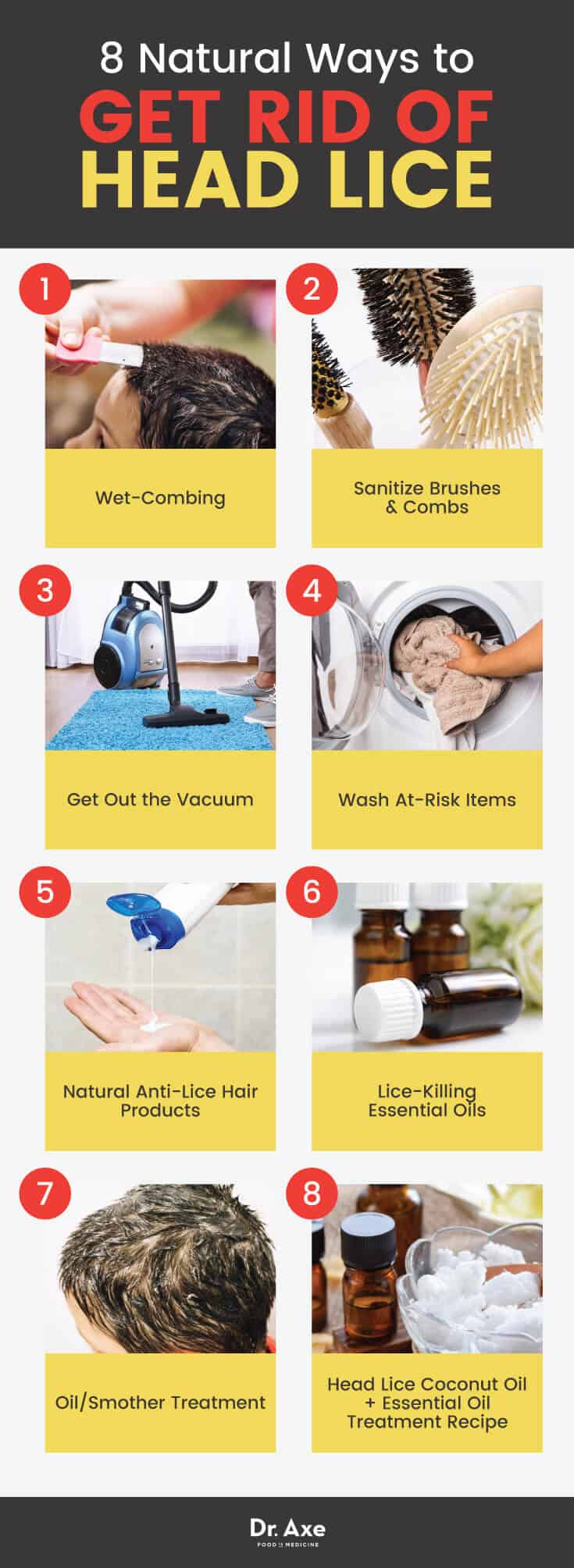How to get rid of Head Lice Permanently

- Identify People At Risk To Be Infested With Head Lice
Head lice can be transmitted through close personal contact. If a child in the household has head lice, it is important to examine the hair of those in close personal contact with the infested child carefully for lice.
Any sign of live lice or nits within 1 cm of the scalp should be treated. Children who share a bed or combs, brushes or towels should be examined closely.
- Wash Items Infested With Head Lice
Head lice can’t survive off the scalp for more than 48 hours. If a head lice infestation is discovered and treated, it is important to wash all items that have been in contact with the child for the last 48 hours.
Pillows, sheets, pajamas, towels, clothes all need to be washed and changed daily until the head lice are gone. Wash contaminated items in the hot washing cycle and dry in a dryer with the heat setting turned on.
Make sure to wash personal hair care items such as combs, brushes and hair bands in hot water everyday to eliminate head lice.
- Vacuum High Risk Spots
Although a much larger than usual house cleaning effort is most likely not necessary for getting rid of head lice, it may be wise to thoroughly vacuum certain key areas. Furniture that might have been in contact with the head of the infested child, like a couch where they spend prolonged time and a car seat should be vacuumed. Be sure to focus on the area where the child rests his head. Vacuuming can be done daily until the head lice have disappeared.
- Seal Non-Washable Items
Any item that cannot be washed such as stuffed toys and hair accessories should be bagged and sealed for two weeks. During a two week period any nits on the items would have hatched and the nymphs would die without a source for feeding.
- Fumigant Sprays For Head Lice
The use of fumigant sprays designed to kill head lice is not recommended. These sprays are often sold with head lice shampoo for head lice home treatment. The chemicals in fumigant sprays do more damage than good, because it is toxic when inhaled or absorbed through the skin.
- Can Head Lice Be Transmitted In A Swimming Pool?
Head lice are able to survive in chlorinated water for a period of time, but it is unlikely that an infestation would spread in this way. Scientific studies showed that head lice become immobile when submerged in water and therefore stay in place on the head of the affected child.
It is possible to apply a successful lice home treatment program without extraordinary measures. If you apply the procedures above, it is unlikely that any live head lice will remain in your home.




No comments